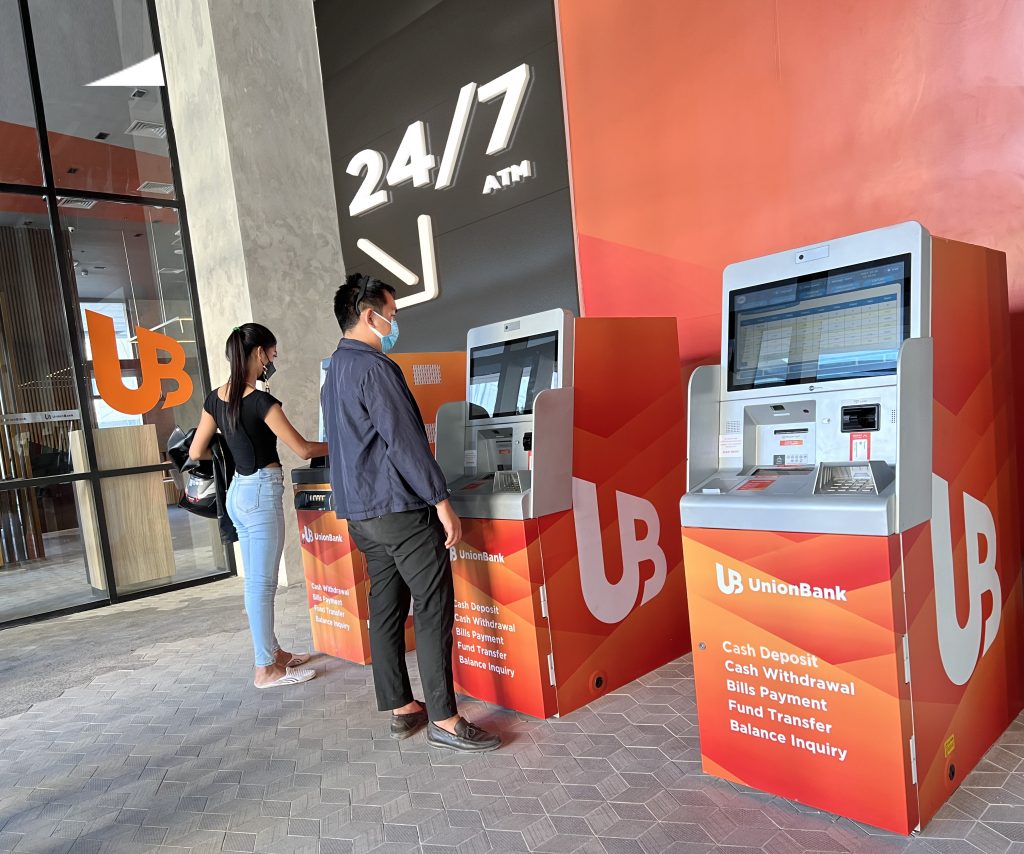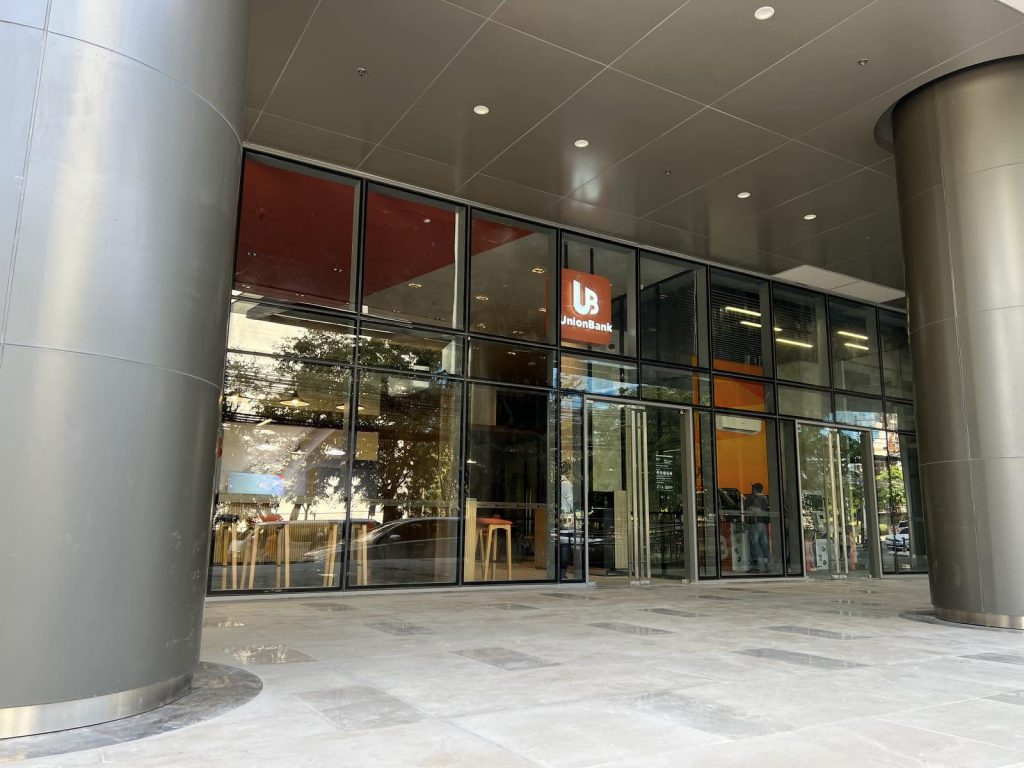As 2021 comes to a close, many are restless about the possibility of entering another year living with the COVID-19 pandemic. The extent of the virus’ impact has left lasting impressions on the Philippine business community, and small and medium enterprises (SMEs) particularly felt the brunt of it most of all.
These effects are expected to linger. According to a recent report by the United Nations Conference on Trade and Development (UNCTAD), global trade growth for 2022 remains uncertain due to continued disruptions in worldwide logistics networks, increases in shipping costs, and a slowing global economic recovery.
“Lower-than-expected economic growth rates are generally reflected in more downcast global trade trends. Rising commodity prices and inflationary pressures may also negatively affect economic prospects and international trade flows,” the Global Trade Update said.
Moreover, the report said the recovery this year, which was characterized by large and unpredictable swings in demand, have resulted in an increased stress on supply chains.
“Logistic disruptions and high fuel prices have further contributed to supply shortages and spiraling shipping costs. In particular, the backlogs across major supply chain hubs that have characterized most of 2021 could continue into 2022 and therefore negatively affect trade and reshape trade flows across the world,” the report added.
Global trade in 2021 is expected to reach an estimated $28 trillion, a 23% increase from 2020. Much of this boost was due to a strong recovery in demand following the easing of pandemic restrictions, economic stimulus packages, and increases in commodity prices. However, other variables such as the global semiconductor shortage, geopolitical factors and the regionalization of trade flows, governmental policies affecting international trade, and debt burdens muddy the outlook for the coming year.
Despite the uncertainties, the Department of Trade and Industry (DTI) is keeping optimistic. DTI Secretary Ramon M. Lopez recently affirmed his confidence that the country may reach 6%-7% gross domestic product growth in 2022, as long as the proper management of the COVID-19 and the reopening of businesses continue.
“If all programs are set in place and the continuous recovery from the pandemic, we might be seeing 6% to 7% (growth) next year, being also an election year,” he had said.
“We keep on hearing and we keep on reminding that we need to manage this, and I guess (everyone) is still following the public health protocol for us to maintain this kind of momentum we are seeing and not have the surge like what is happening right now in EU (European Union) countries,” he added.
Mr. Lopez cited DTI research that while around 10% of business establishments remain closed, 20% of which have permanently stopped their operations, many new enterprises are registering their businesses amid the pandemic.
“People still have to earn and find another livelihood. So they must have closed that business but they are opening another businesses. Of course, they have to continue to earn, to pivot, (to) look for new businesses. That is the reason why we have the data, over the years, the number of businesses that are renewing and registering new businesses, we count them all, the numbers continue to grow,” he said.
Data from the DTI show that as of end-August this year, total number of registered businesses rose to 2.08 million from 1.5 million at end-2019. In addition, there exists 5 million to 6 million entrepreneurs in the informal sector.
“There’s good news there, that entrepreneurship is alive in the country and that Filipinos are entrepreneurial. They find ways to earn, especially those who lost their jobs, so they shifted fast and now we’re seeing this growth,” Mr. Lopez added.
The optimism is not unwarranted. The Asian Development Bank (ADB) backed Mr. Lopez’s positive outlook for 2022 with a forecast of their own released this December, which stated that the country will remain on a steady, if more modest, growth path in 2021 and 2022, supported by an acceleration in the government’s vaccination program and a sharp drop in COVID-19 cases.
According to the supplement to the Asian Development Outlook (ADO) 2021, the Philippine economy will grow 5.1% in 2021 and 6.0% in 2022, up from the bank’s September forecast of 4.5% in 2021 and 5.5% in 2022.
“The Philippine economy has shown impressive resilience,” ADB Philippines Country Director Kelly Bird said.
“Growth momentum has clearly picked up on the back of the government’s vigorous drive to vaccinate Filipinos against the COVID-19 virus. Public spending on infrastructure and continued vaccination of the population will help the country further accelerate its recovery in 2022,” he said.
Vaccination has allowed the economy to slowly reopen, boosting consumer and business confidence. More than 57 million Filipinos, or nearly 65% of the target for vaccination, had received at least one COVID-19 vaccine dose as of Dec. 8, 2021. In addition to the government’s purchases of COVID-19 vaccines, the World Health Organization-supported COVID-19 Vaccines Global Access (COVAX) facility also donated supply for the country’s nationwide vaccination program. — Bjorn Biel M. Beltran















